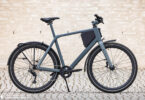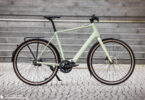In this world, there are bikes and there are Bromptons. The influence this iconic British brand has had on the cycling world is hard to overstate, with everyone from Boris Johnson to Kate Moss, Radiohead to Phoebe Bridgers being seen on one. But what is it about these tiny wheels that means Brompton has both enduring style and the ability to tap so easily into subcultures?
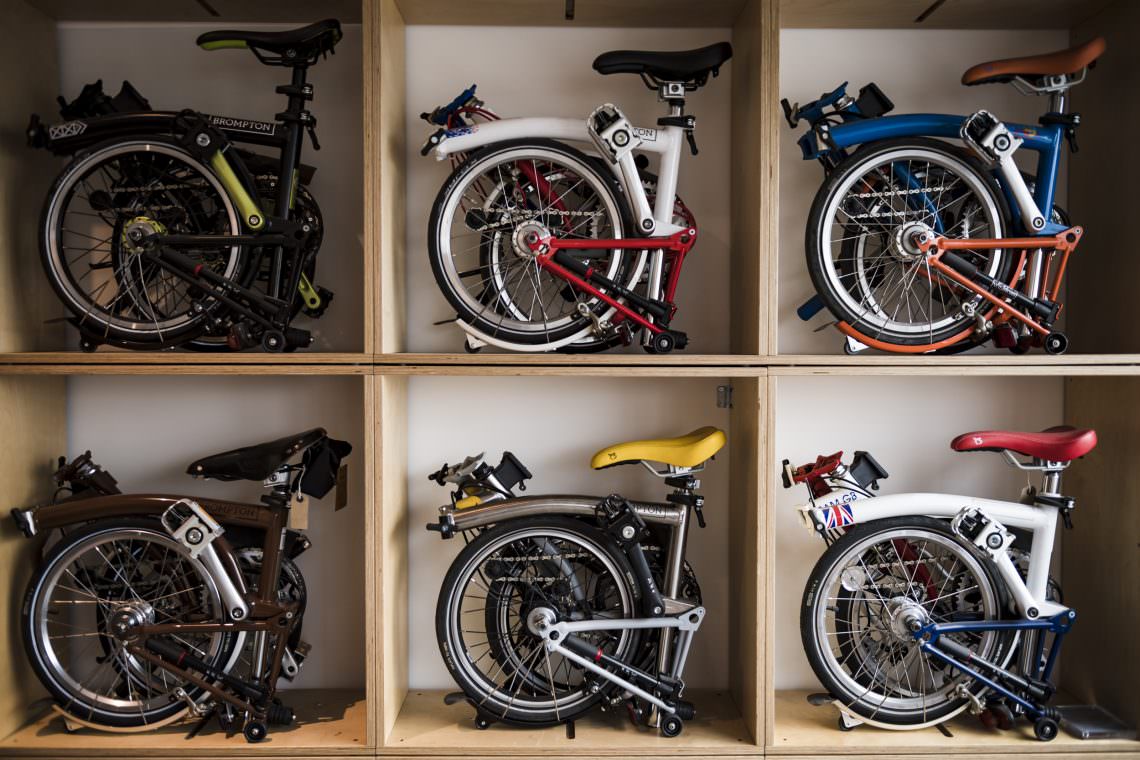

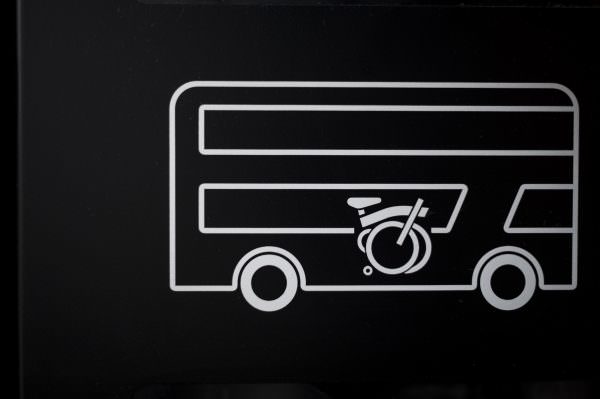
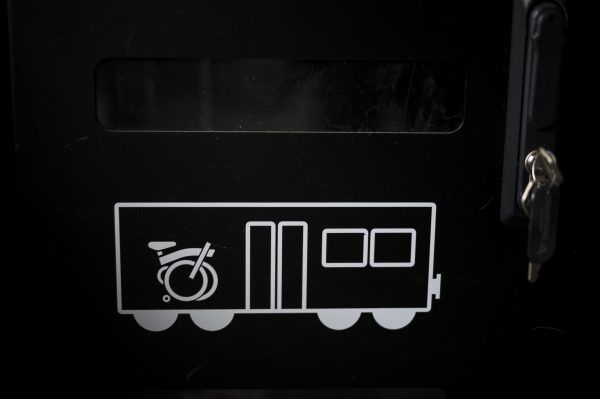
The moment Brompton is mentioned you get an image that is synonymous with urban mobility – at its most hip yet least pretentious. Like black cabs, top hats and even umbrellas, the image of a bike that folds and unfolds in the blink of an eye has become part of the UK capital’s furniture. But even outside of the UK, Bromptons have become an extension of the transport system in places like New York, Jakarta, and Singapore. Along the lines of gravel or mountain biking, Brompton has basically formed its own eponymous category and almost reached a status of verb level: to Brompton, verb [intransitive], to own and ride a folding bike of the same name in a streetwise manner, typically savvy dressers who value urban mobility. There’s a certain ring to it.
The story of Andrew Ritchie’s ingenious folding bike design has been told many times over. It’s the classic story of an incredibly bright individual back in the 1970s that had a great idea to create a bike that could fit into your back pocket, which has endured to the present day. Each time it’s told, people express the same disbelief that a bike can be packed down so small (not pocket-sized, but definitely very small), that it takes less than 10 seconds to get it that compact (again, true, with some practise), and that, yes, it really does ride like a regular bike.
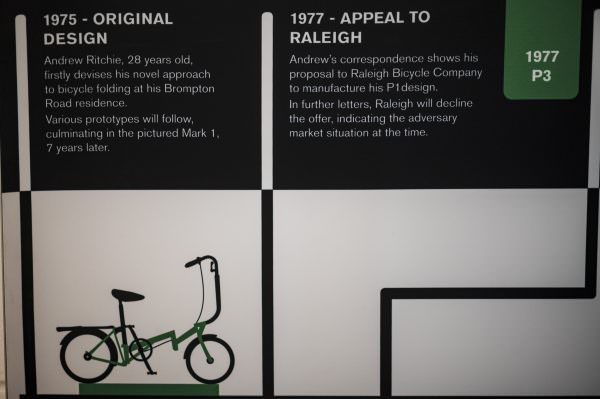
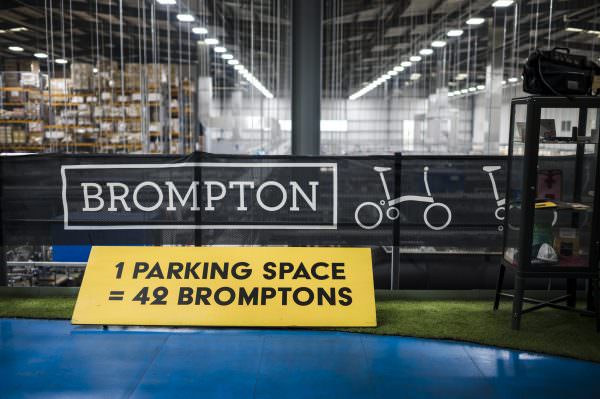
We are regaled with the same story as we enter Brompton’s HQ on a non-descript industrial estate just west of central London, but this time there’s an electrifying difference. We’re here because Brompton’s recent surge in sales and foray into the world of ebikes has caught our attention. We want to know how a brand can reach such a level of adoration that it can double its sales in under 18 months, going from 50,000 to just a shade under 100,000, and still ensure that every single bike is hand-produced here in London. And the burning question for today: what does an electric version of this iconic 16 inch wheel bike, named simply the Electric, ride like? Does the addition of a motor and battery have a negative impact on the portability of this super compact bike?
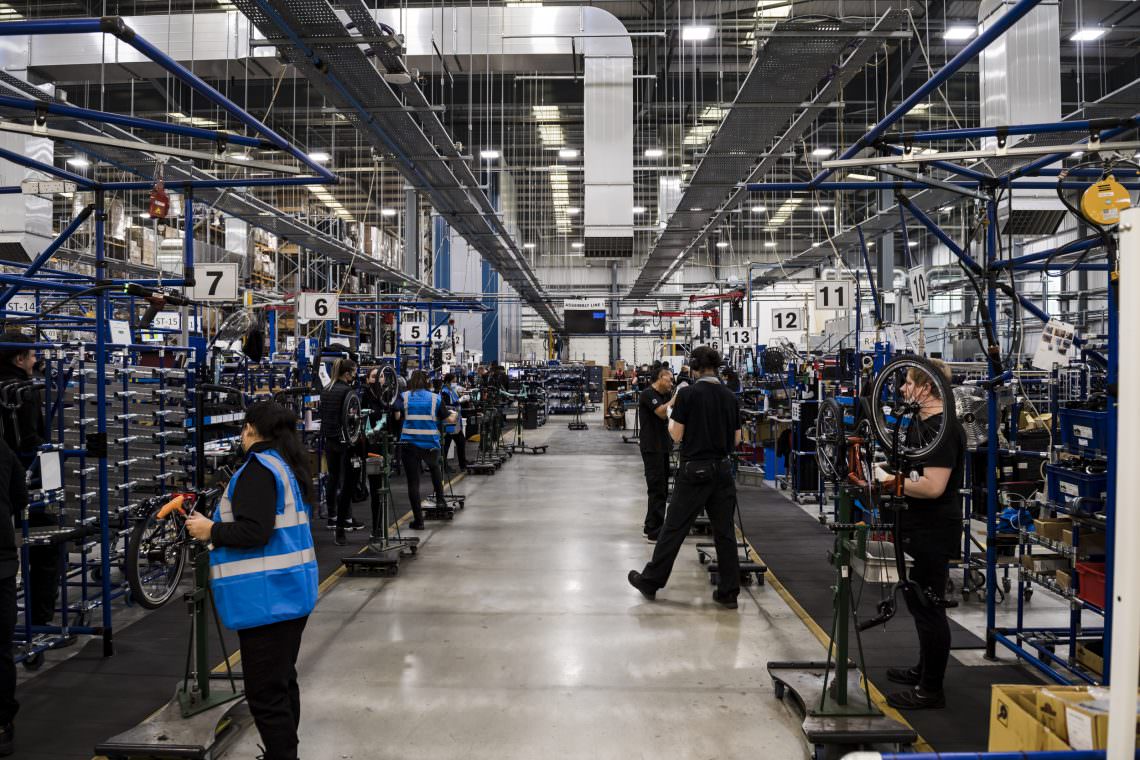
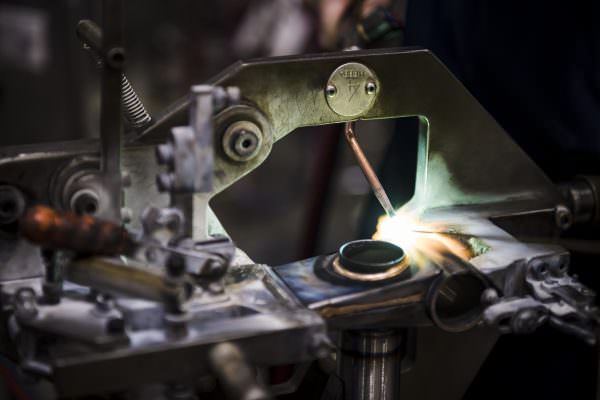

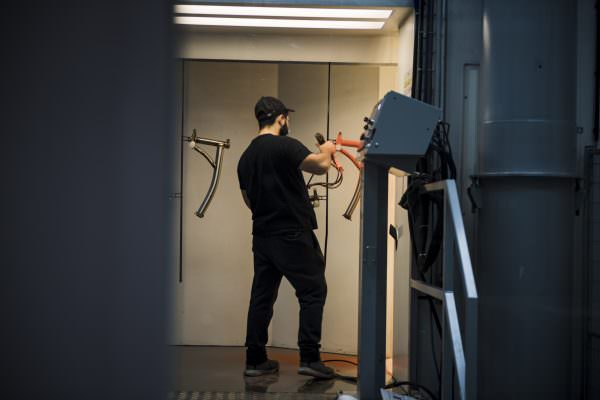

We bat questions back and forth with Brompton’s communication manager David Row as we are led along the assembly line. Part of their recent success, he explains matter-of-factly, definitely comes down to the pandemic-induced cycling boom, a savvier approach to marketing, and the brand’s smart decision to stockpile £1,000,000 worth of parts in order to combat Brexit, which meant they could plough on with production through the pandemic-induced supply chain issues, something well-documented within the bike sector.

But there’s clearly more to it than that. While the high ceilings, visible piping and gentle hum makes this feel a lot like any other factory we’ve visited, there’s a sense of calm and friendliness that’s not always present and a current of energy that’s hard to describe but feels contagious. David, whose office is reached from the floor above, passing through a hip area for hanging out with tables, comfy sofas and table tennis, agrees: ‘I love coming in here and feeling this buzz. It’s still very much a niche product, but when you’re standing here, you realise what a big operation it is.’
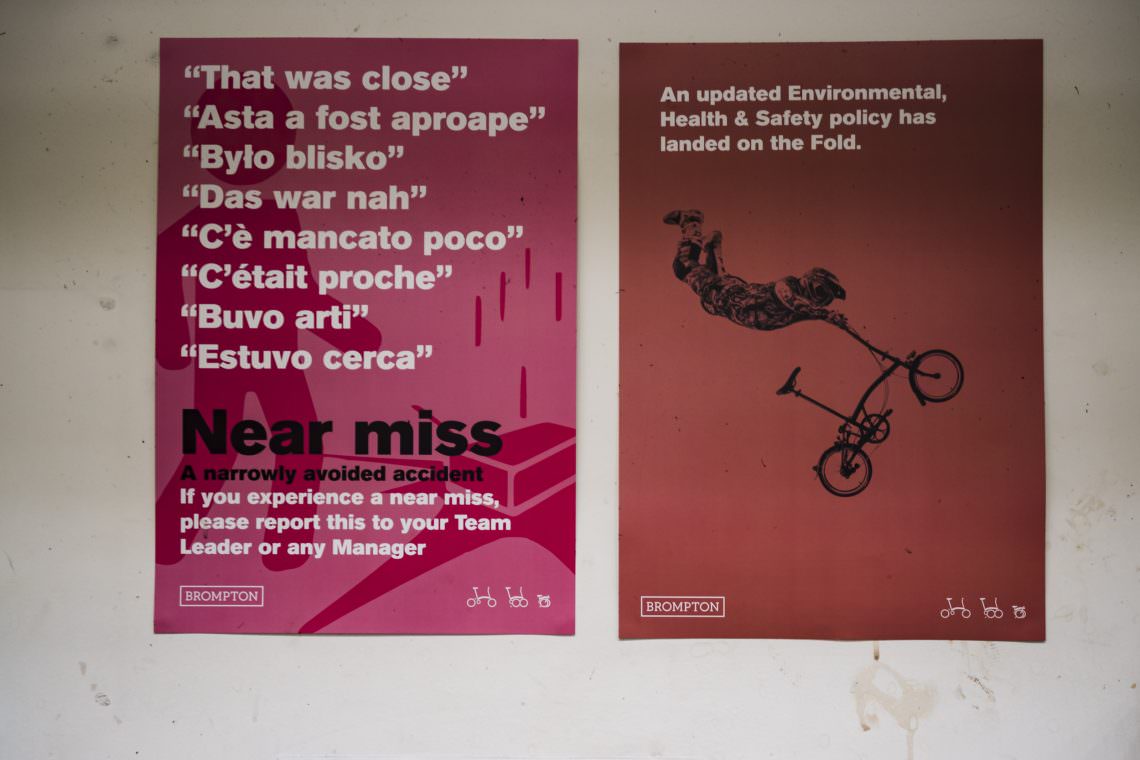
Using highly trained artisanal skills combined with sophisticated technology, the London site runs four days a week, switching off the machinery promptly at 16:00. Knowing the production industry, these short hours are surprising – but it’s definitely one way to keep employee satisfaction high. Another way to do exactly that is to invest in them. And judging from the visually arresting posters on the walls, staff development (and retainment) is high on Brompton’s priorities.
David comes to a halt next to the beating heart of the production line, where frames are born from their parts: ‘This right here is the rockstar element of a Brompton. Brazing is a definite artform and everyone is trained up specifically for this step here. It’s mad that we can recognise which brazer has worked on which bike when looking at the final product.’ He sounds suitably proud and points out that their 22 apprentice frame builders – a mixture of people from local colleges and internal staff – are currently learning from a woman called Rebecca, famously Brompton’s first female brazer but now head trainer.
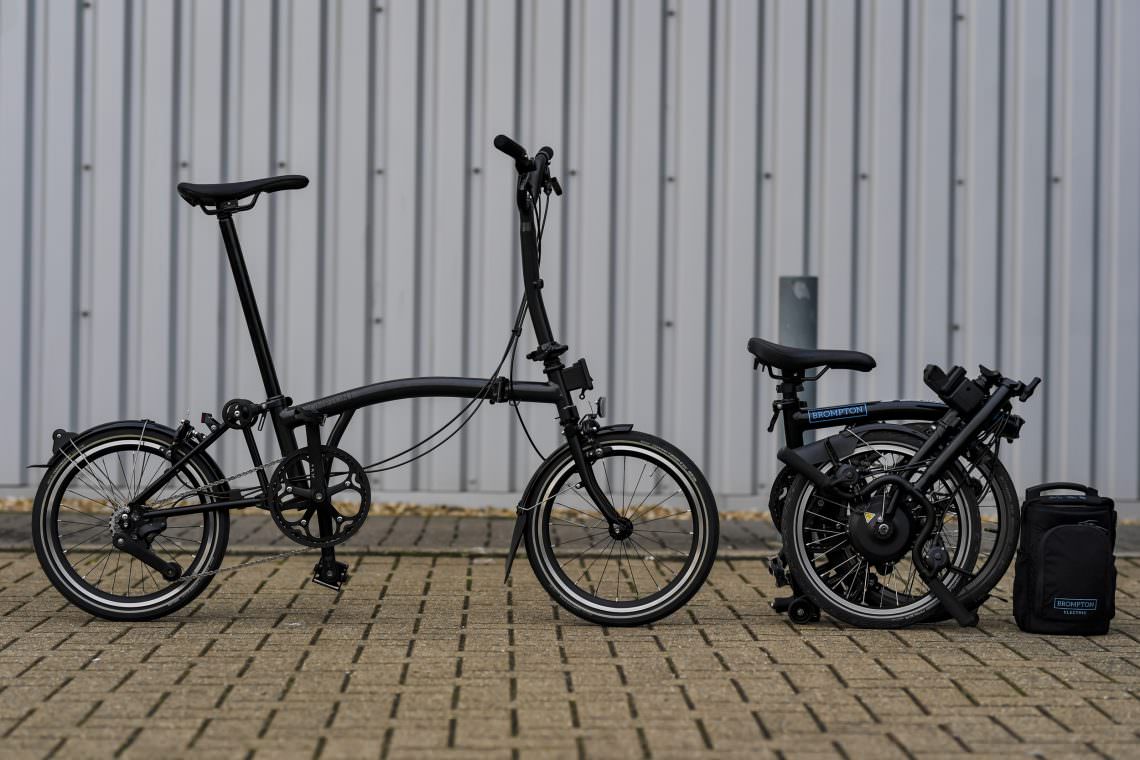
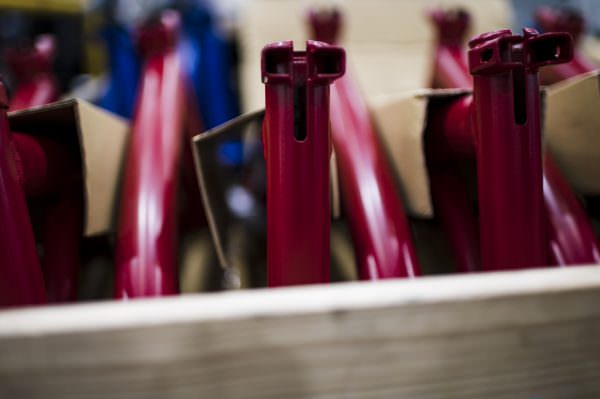

This art of frame building has long set Brompton apart from the rest. In many ways, today’s Bromptons are visually unchanged from when production first began in 1988. There’s not only the brazing, but also the same ingenious folding mechanism that many a new designer at Brompton has tried and ultimately fallen short on trying to improve. The iconic bike has, however, been reconfigured to stay in tune with how we live today, keeping portability and rideability in global cities at its core.
Progress takes the form of ever-better parts, ever-lighter frame materials (their top-end P line models have a titanium rear as well as a whole host of weight-trimming parts within its spec, making it the lightest, most sophisticated-looking and most portable Brompton yet), fancier paintwork, compatibility, and – not least – more skilled production methods. ‘That’s exactly it,’ explains David, gesturing around the hall where all the major steps of production take place. ‘Our design and manufacturing teams have been pivotal recently, helping us to save 5-6 seconds here and there, which results in 5-6 extra bikes each day. Tightening the bottom bracket used to take 20 seconds, but that’s been brought down to just a handful.’ It sounds geeky, but there’s something deeply fascinating about how Brompton improved an already sophisticated production line – while keeping staff happy.


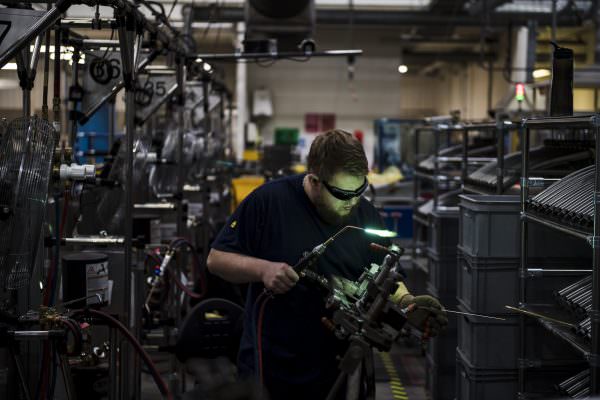
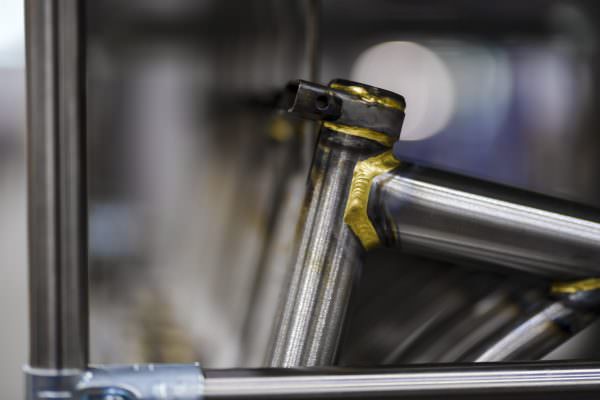
This is not only a lesson on management and production, but also a deep dive into the world of logistics, where the real-time complications of making sure that the right piece is available at the right time within the production line is clear. Something traditionally outsourced by the majority of bike brands to their Asian production facilities, has become a sign of quality adding to the cult status of Brompton. It could be argued that this stamp of British production and engineering aligns this folding bike with icons like the Mini or even Land Rover.
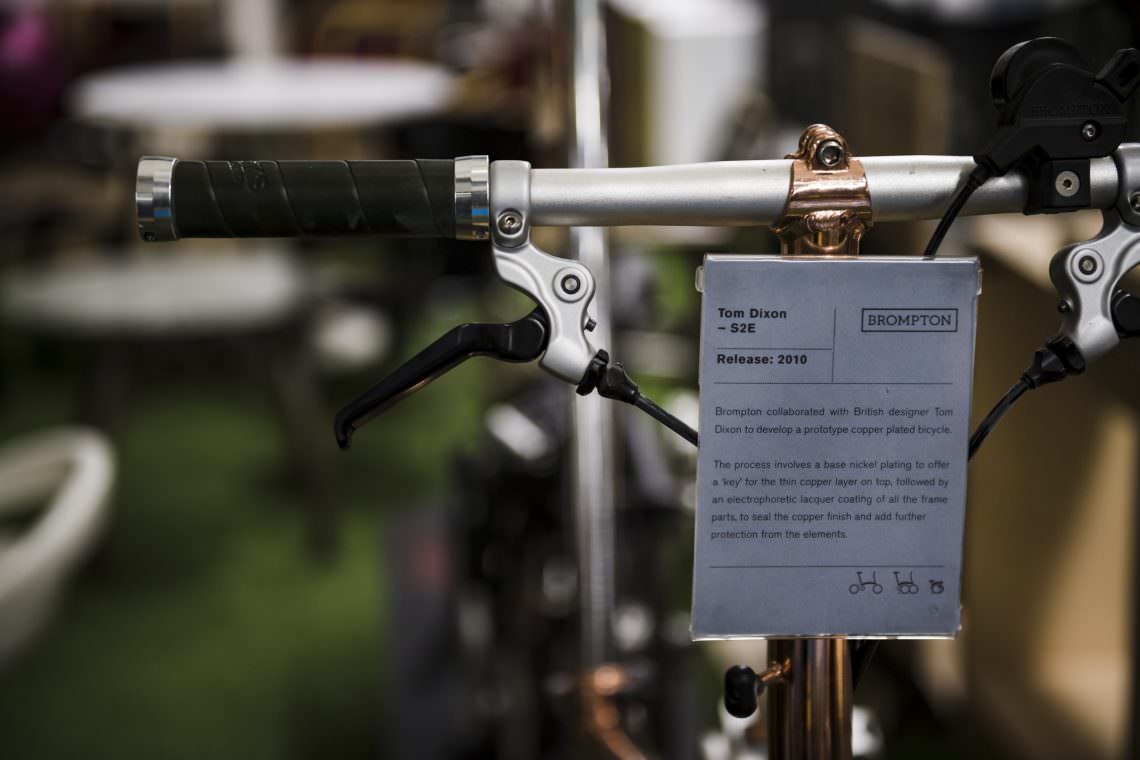
This is all part of the brand’s big plan, which also includes the reintroduction of their lines to help consumers navigate their once confusing collection (it now goes by A for affordable, C for classic, P for performance, T for ultralight titanium, as well as Electric options), as well as opening a brand new test centre where right now a number of said Electric models are being stress-tested – a complex process that at one stage involves mechanically throwing gravel at the bike, over and over again.
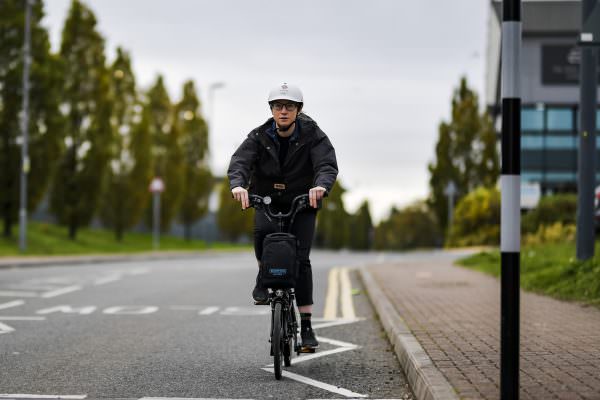

If you’re wondering what purpose that serves, think of the added stress that a motor and battery combination has on a Brompton that still needs to be light and zippy for skirting round town and taking the subway. It’s safe to say that a brand that has such a long heritage in the industry would not jump into new categories at a whim. Now on version 10 of their custom motor, the latest major development includes the launch of a handy, intuitive app (it is, we tried it) and improved reliability for the motor connectors over bumps. Again, a lot of the details are aspects that you could geek-out over, but for Brompton fans, it’s like gold dust.
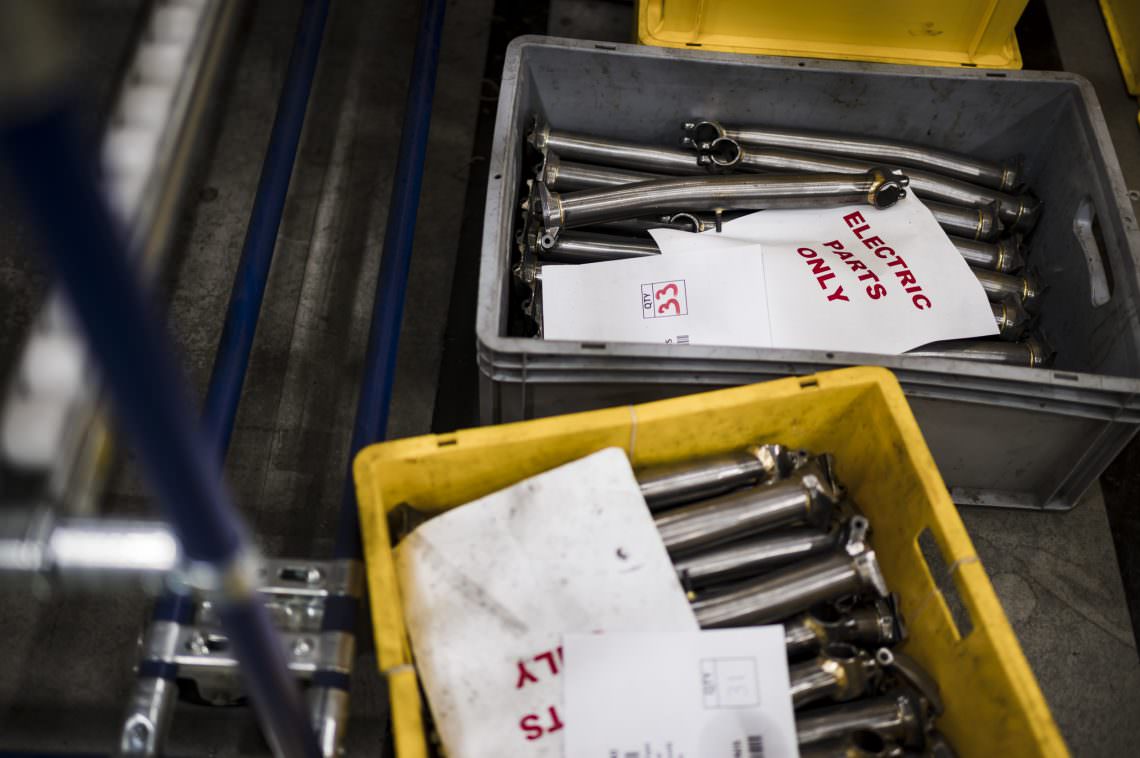
The Electric models weigh 17.4 kg, with the front-mounted battery being totally removable in its own bag (2.9 kg) that you can sling over your shoulder. Without the battery, the frame weighs slightly more than a standard Brompton, but handy roller wheels mean you’ll only need to lift it to get up and down stairs. For many, the addition of a motor means compromising on weight and thus portability, naturally this isn’t a topic we could overlook: fortunately, our fears are unwarranted as we put it in and out of the carboot with nominal extra effort.


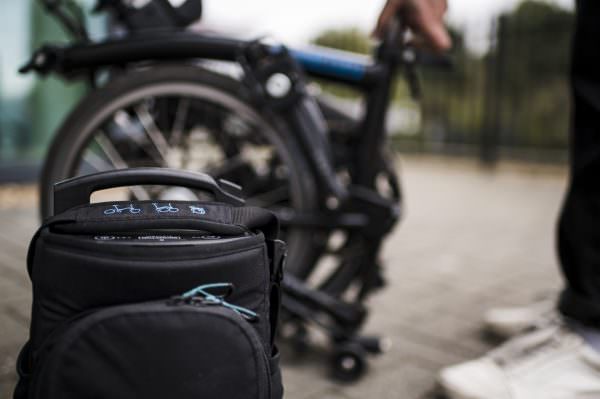
The motor runs smoothly, giving a very slight whirring noise while running. It engages and disengages with a virtually peerless performance. Being a front wheel motor, torque meters in the drivetrain activate and deactivate the motor depending on your pedalling. There is some delay with this, meaning you’ll need to stop pedalling a bit sooner than on a bottom bracket motor bike. But other than this we can’t fault the ride. And that bag over our shoulder when we climb the steps to the office again? Well, it’s a bit geeky but as a 1.90 metre rider that already looks a bit odd on a Brompton, we’ll take it – all things considered. And isn’t this geekiness somehow part of the overall charm? We’d say yes.
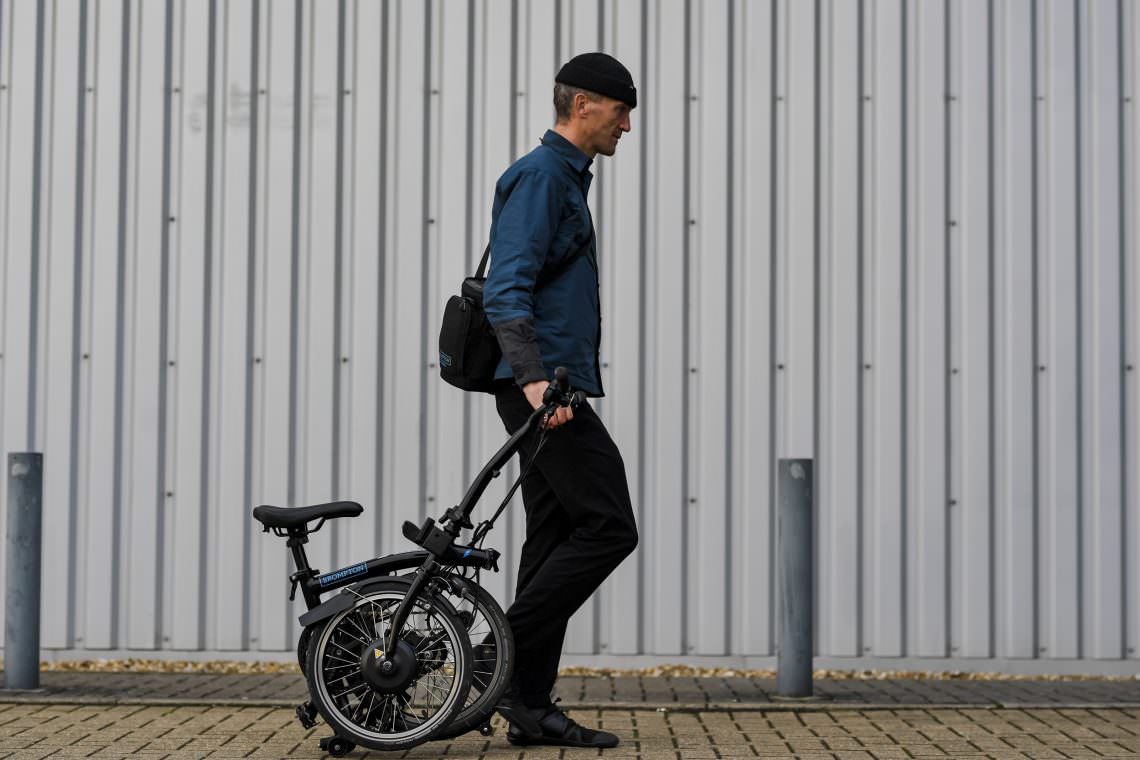
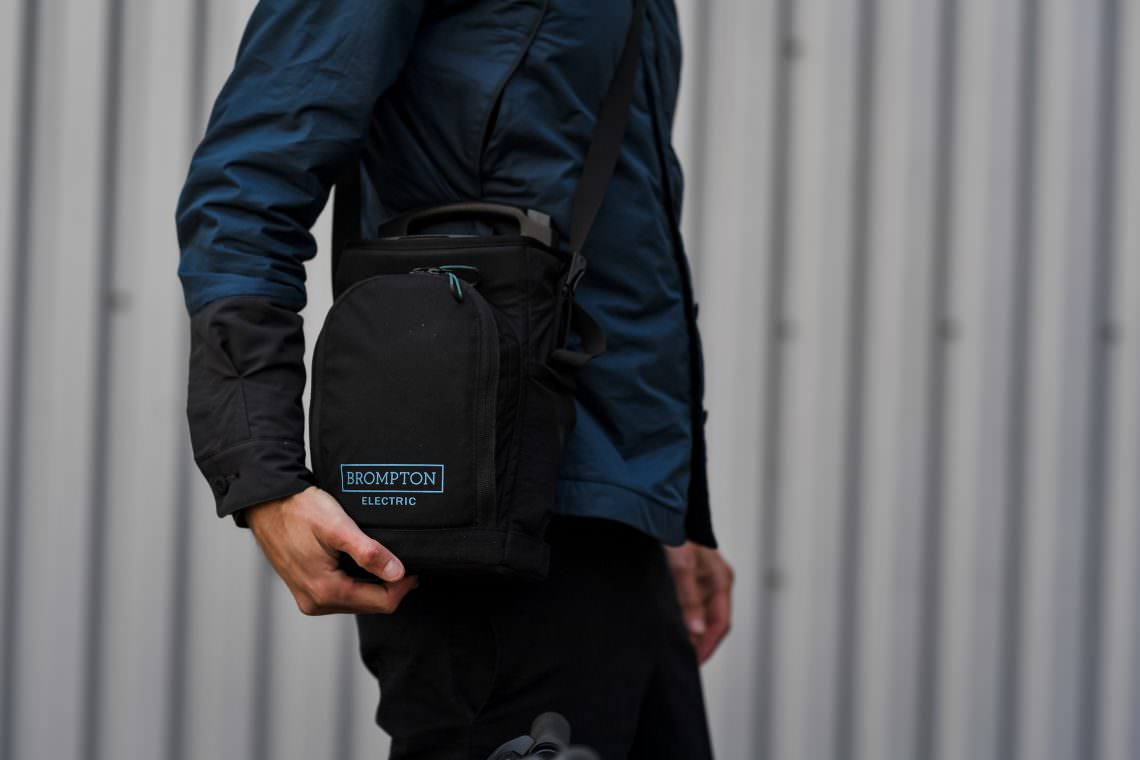
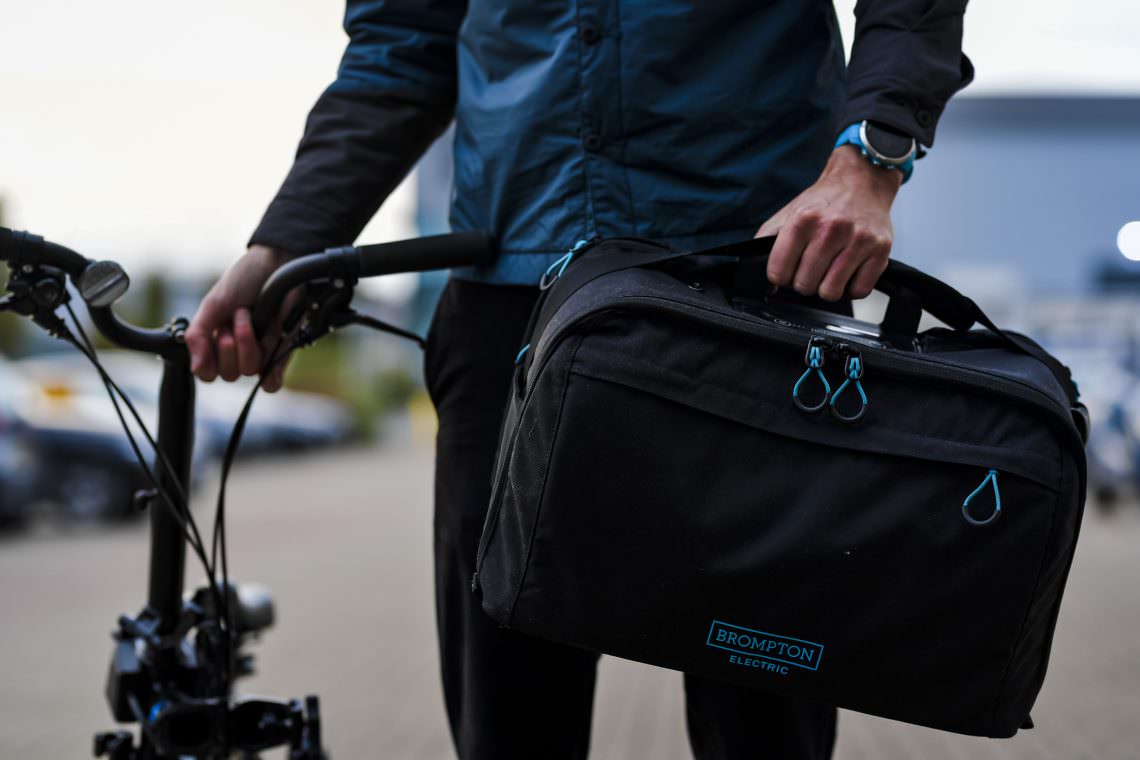
‘It sounds corny,’ laughs David, ‘but we always hear how a Brompton changes your life and I’ve got to agree. Living somewhere like London you can never be sure that your bike will be safe, no matter how many locks you use.’ He breaks into a grin: ‘I even took it to the cinema last week. And Ross, Brompton’s Creative Director, has so many stories of putting his bike in the cloakroom at gigs and clubs.’ Over the course of the day we hear so many cool personal Brompton stories that there really should be an anthology published. And if such a book did materialise, we’d most want to read the tour bus stories from Bromptons on the road with Radiohead, LCD Soundsystem, Phoebe Bridgers and the Foo Fighters.
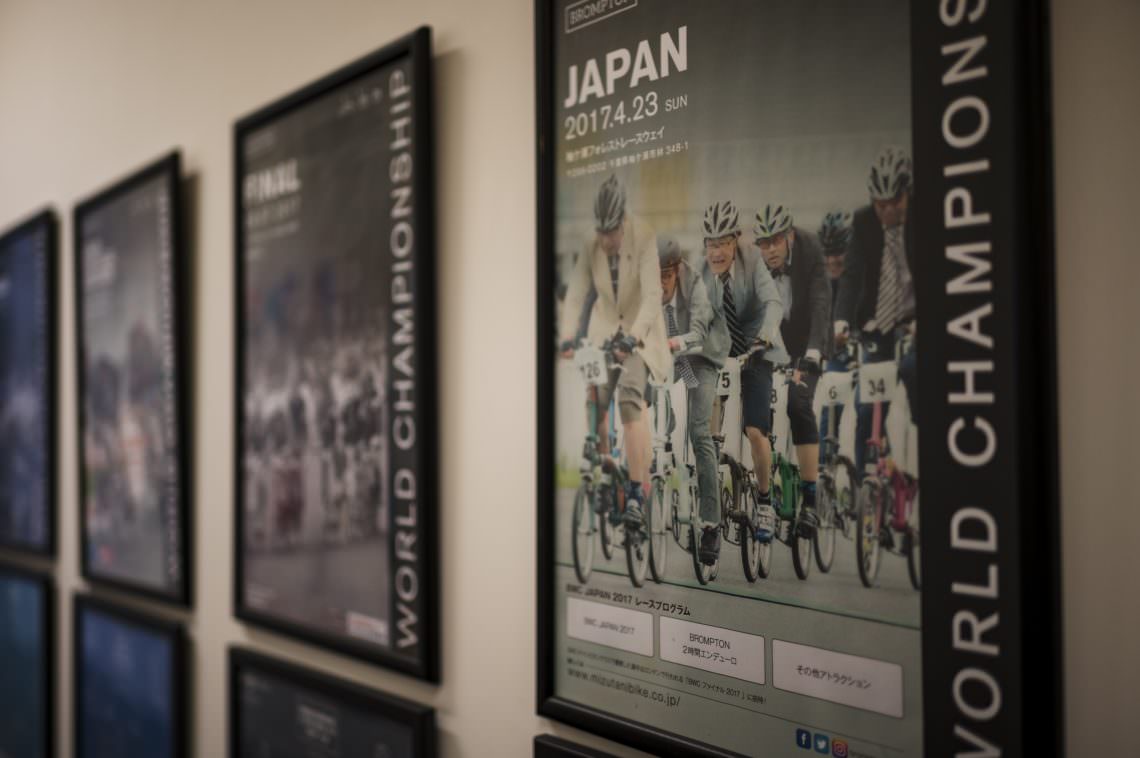
It used to be weird to talk about bikes and bands in the same sentence, but Brompton has this uncanny ability to tap into subcultures that at first seems like an impossibility but the more you think about it, the more they make sense. Skateboarding, popular culture, fashion, luxury goods, the Tokyo Olympics, the list of Brompton’s scene-diving goes on. Since 2006, the brand has also staged the Brompton World Championships, which is probably the world’s most stylish and photogenic bike event. From a Le Mans-style start to their folded bikes, it turns into an out-and-out crit race, highlighting that there is performance in those little Brompton wheels too.
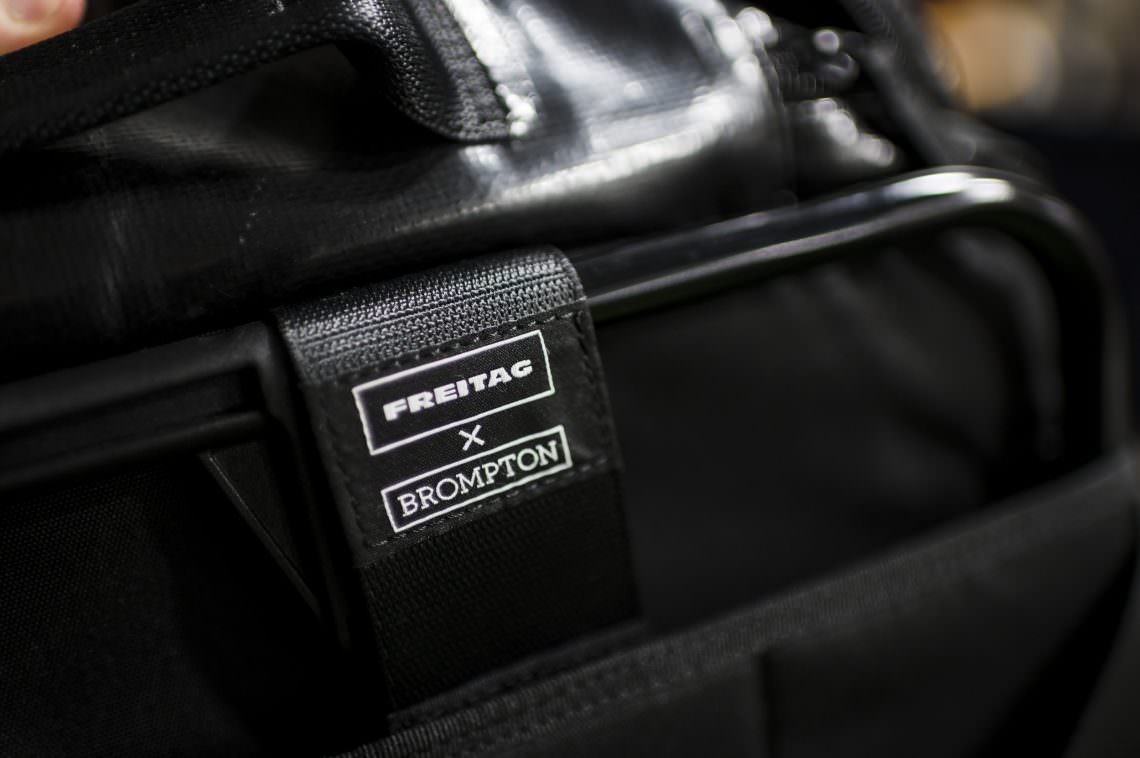
While traditionally seen as the ultimate commuter rig, there’s been a shift towards using them more and more for leisure – hence the launch of the Electric, continual improvements to their 6-speed models, and an investment into Brompton-specific bike bags, through choice collabs, such as Freitag. Across the UK, 50 Brompton Bike Hire hubs unlock 24-hour bike access and there’s even a partnership with the car rental firm Enterprise. Now, the idea of finding a nippy, lightweight Brompton stowed in the boot of a hire car for weekend trips is one DOWNTOWN could totally get on board with…
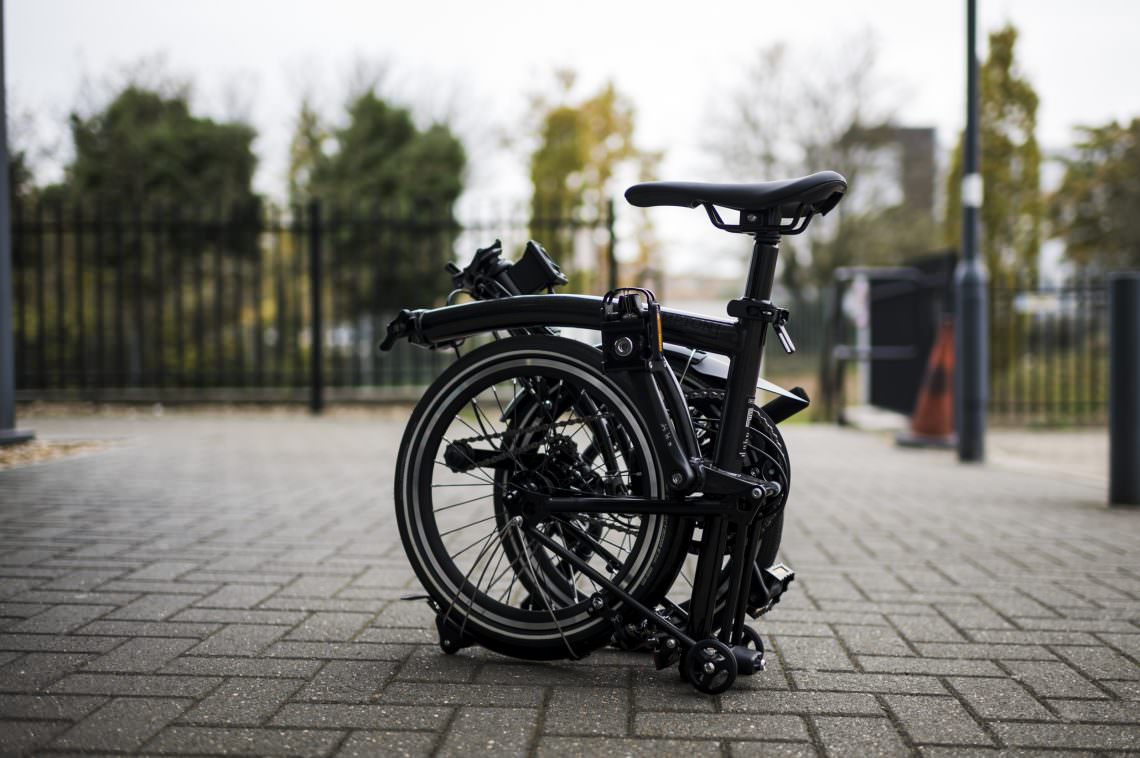
There’s a unique bikescape to every city or country. Each comes with a different transport system, featuring sprawling networks or anaemic public provisions, big hills or twisting lanes, well-made bike paths or dare-devil 7-lane highways. But no matter what the city, there’s probably a Brompton for the purpose. And with the expansion of the C-line Electric, perhaps it’s time to review their place in your lifestyle.

We think it’s a great bike, but our understanding – along with the rest of the industry’s definition of great – doesn’t match that of Brompton’s own: ‘Oh,’ we hear, ‘there is definitely still room for improvement. We are nowhere near there.’ Clearly, the brand is its own toughest critic. And that makes us excited for their future.
Looking for one of the Brompton classics made of titanium? Then you should definitely read our article about the Brompton T-Line! If that’s not enough for you, just click through the manufacturer’s website.
Words: Phil Gale Photos: Emmie Collinge





